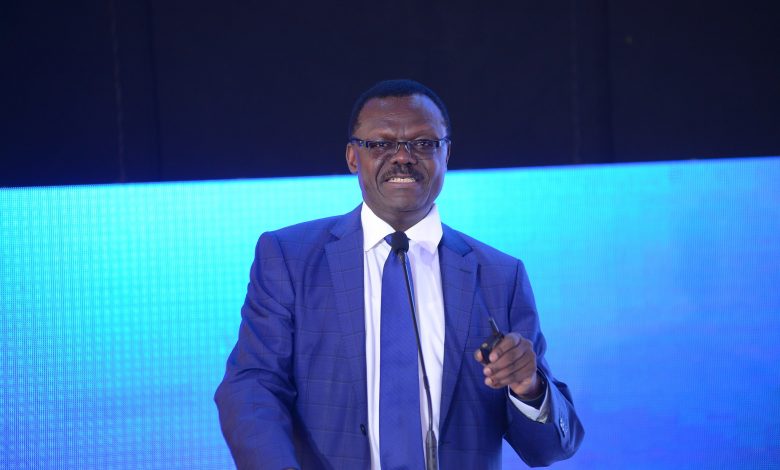NSSF savers in western Uganda want Fund to invest in their region
Jackson Tuhiirirwe, a lecturer at Bishop Stuart University, questioned if the savers with low savings are considered while making such investments.

The National Social Security Fund (NSSF) savers from the western region want the Fund to start making investments in their part of the country.
During a regional employer meeting in Mbarara City, savers said that the Fund has only kept its focus on investing in the central region and leaving out other regions.
Solomon Akankwasa, an employee at EBO SACCO, questioned the investment criteria followed by the Fund noting that, “most investments by the Fund are located in Kampala while there are more opportunities for investment in other regions.”
Citing the real estate investments, Mujibu, another saver said that “the Fund has invested in several real estate projects like the Lubowa Housing Project, Citadel Apartments Mbuya, Pension Towers, and Temangalo all located in the central region.”
Jackson Tuhiirirwe, a lecturer at Bishop Stuart University, questioned if the savers with low savings are considered while making such investments.
Tuhiirirwe pointed out that, “all the houses constructed cost above 200 million shillings, but most savers, around 83%, have savings below 10 million shillings.”
Patrick Ayota the Managing Director of NSSF said that the Fund, “was planning to begin the regional investments with a major focus on real estate, since we are done with constructing the office house.”
He, however, said they are considering finding a local private developer to allocate land and do the housing at a cost determined by the Fund.
During the meeting, Ayota revealed that the NSSF paid out over Shs122billion to 7,283 eligible members in the western region for the Financial Year 2022/23 which is about 16% of the total number of members the Fund paid benefits to in that period.
He, however, expressed worry about the low NSSF compliance in the region, noting that the Western region actually registers the lowest compliance rate of 48% compared to other regions.



